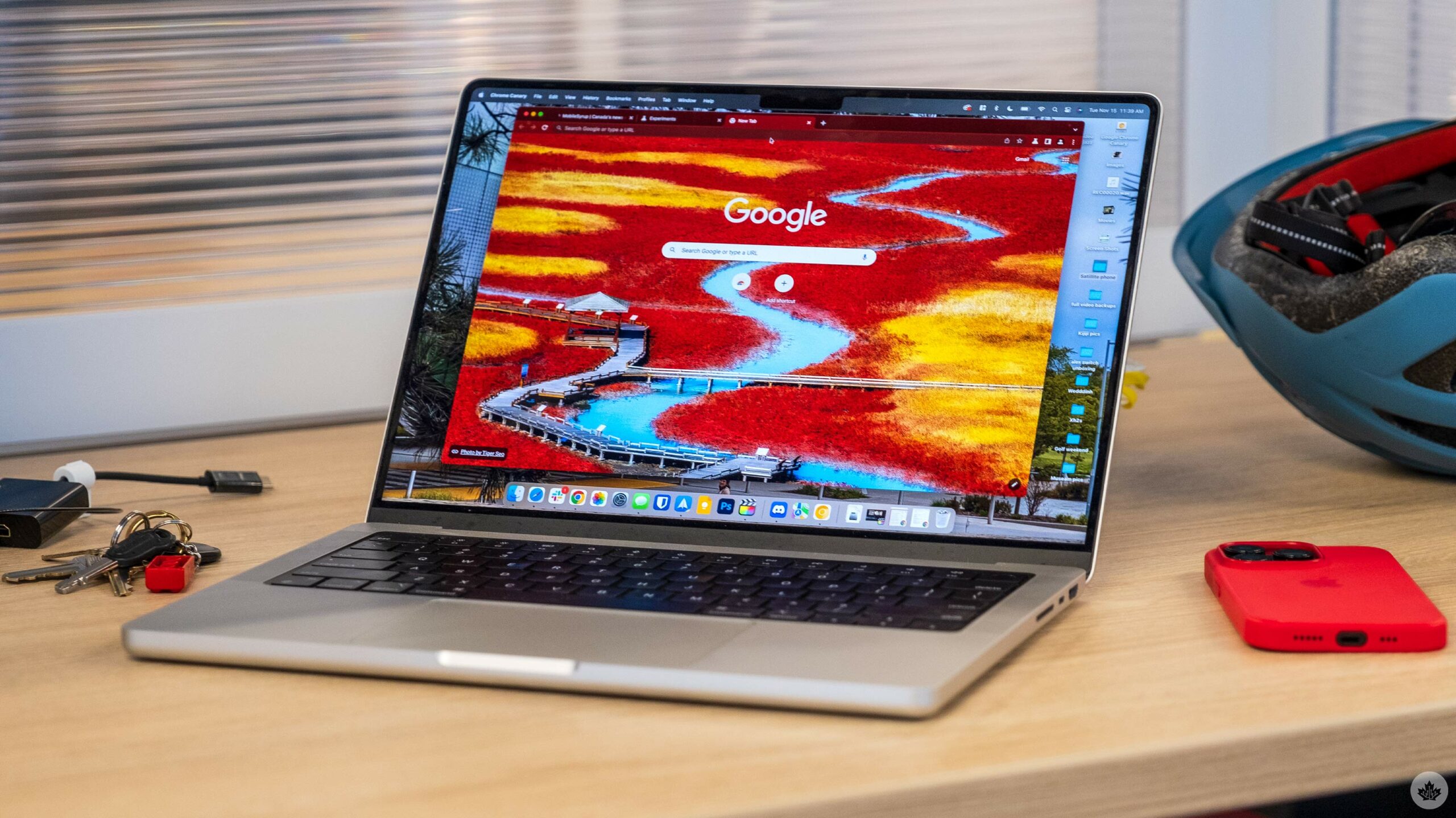
Google’s Chrome browser is incredibly popular but has garnered a reputation for being a resources hog — particularly when it comes to memory. However, a new set of features hopes to change that by making Chrome more memory and energy efficient.
The two new features arriving in Chrome version 110 (which is rolling out to desktops now) are Memory Saver and Energy Saver. Both are exactly as they sound — Memory Saver tries to reduce the memory Chrome uses on your PC, while Energy Saver tries to reduce Chrome’s drain on the battery of laptops and Chromebooks.
Memory Saver works by sleeping inactive tabs and other applications to free up resources to use elsewhere. Tabs remain visible in the tab bar and reload when users click back on them. Plus, a notification appears in the ‘Omnibox’ — what Google calls the search/URL bar — that lets users now when a tab becomes active again. Users can check that notification to see how much RAM Chrome saved with Memory Saver.
If that sounds familiar, it’s because Chrome isn’t the first to do this. Microsoft’s Edge browser — which runs on Chromium, the same underlying foundation as Chrome — has had a tab sleeping feature for a while (Microsoft started testing it in December 2020). Edge greys out sleeping tabs and users can have their cursor over them to see an estimate of save resources, though Edge is admittedly vague about what’s being saved.
As for the Energy Saver feature, it targets laptops and Chromebooks by disabling certain settings to reduce energy use. Users cna configure Energy Saver to kick on automatically when their devices’ battery falls below 20 percent. While active, Energy Saver displays a leaf icon in the top-right corner of the browser next to things like your extensions. Energy Saver disables things like smooth scrolling and website animations while also reducing video frame rates to tamp down on energy use.
The Chrome 110 release enables Memory Saver and Energy Saver by default on Chromebooks, Windows and Mac. Of course, it’s worth noting that Energy Saver isn’t available for desktop versions of Chrome, which makes sense given it’s meant to extend battery life and desktops typically don’t run on battery power.
Source: Android Police
MobileSyrup may earn a commission from purchases made via our links, which helps fund the journalism we provide free on our website. These links do not influence our editorial content. Support us here.


